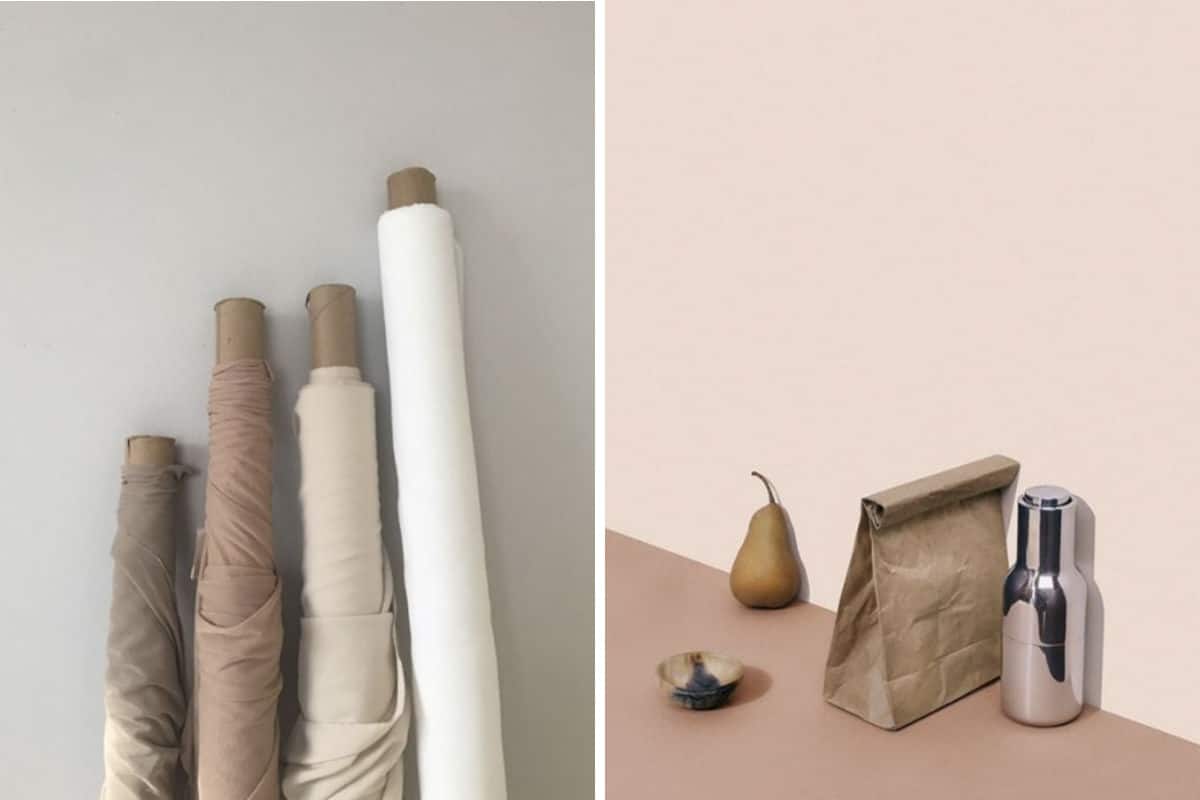
In France alone, authorities have ordered two billion disposable masks, said Laurent Lombard of Opération Mer Propre. “Knowing that … soon we’ll run the risk of having more masks than jellyfish in the Mediterranean...”(The Guardian, Jun 20). If we weren’t drowning in our own plastic waste before, we are creating it in waves now. COVID has successfully put the climate emergency on the back burner in the minds of most, but to what cost?
Prior to the pandemic, a national report commissioned by the World Wildlife Fund stated that we are all consuming the equivalent one credit card worth of microplastics each week (SMH, Jun 19) and Australia is not on track to meet the 2030 UN Sustainable Development Goals (UNAA, Sep 19).
Positive shifts such as keep-cups and BYO containers are being refused, an example of how quickly standards can change - if only they could change as quickly when it comes to banning single-use plastics. We can’t forget the importance of our collective steps forward, even if they seem small in comparison to current events.
The environmental crisis has been blanketed with the health crisis. But summer is coming, blankets are too hot, and sleeping nude feels better anyway. Here are some things I am trying to do despite my keep-cup suffering rejection-related anxiety:
- Get creative, get organised. Get reusable masks (or make your own), refillable sanitiser bottles, and if you’re lucky enough to have the opportunity, drink your coffee in and eat your meal at the cafe. Warning: some cafes don’t currently offer crockery for dining in, so always ask.
- Reduce your plastic use elsewhere. Counterbalance your impact. For example, become familiar with your local bulk store (if you have one). Take yourself on a date there, and really take note of what they do and don’t have. For example, mine has all the regular essentials I need: pasta, rice, nuts, seeds, flour, teas and spices so I never have to get those staples packaged again!
- Reuse reuse reuse. Rather than putting any plastic directly in the recycling bin, I take a minute to think if I could use it for anything else first. Only 9% of what we throw in the recycling is actually recycled, the remaining 91% goes straight to landfill. Another thing to consider is a ‘hard’ plastic item can only be downgraded (to a single-use thinner plastic, such as a plastic bag), and will therefore end up in landfill also.
Every bit does count, and we will all feel better if we are not actively partaking in the current exponential rise of single-use. As Anne-Marie Bonneau (@zerowastechef) states: “We don’t need a handful of people doing zero waste perfectly, we need millions of people doing it imperfectly.”
Follow: @sonzaistudios for more.



